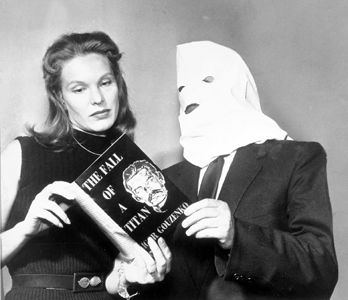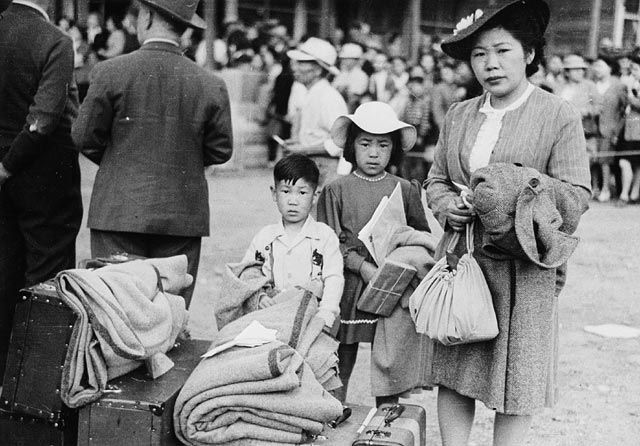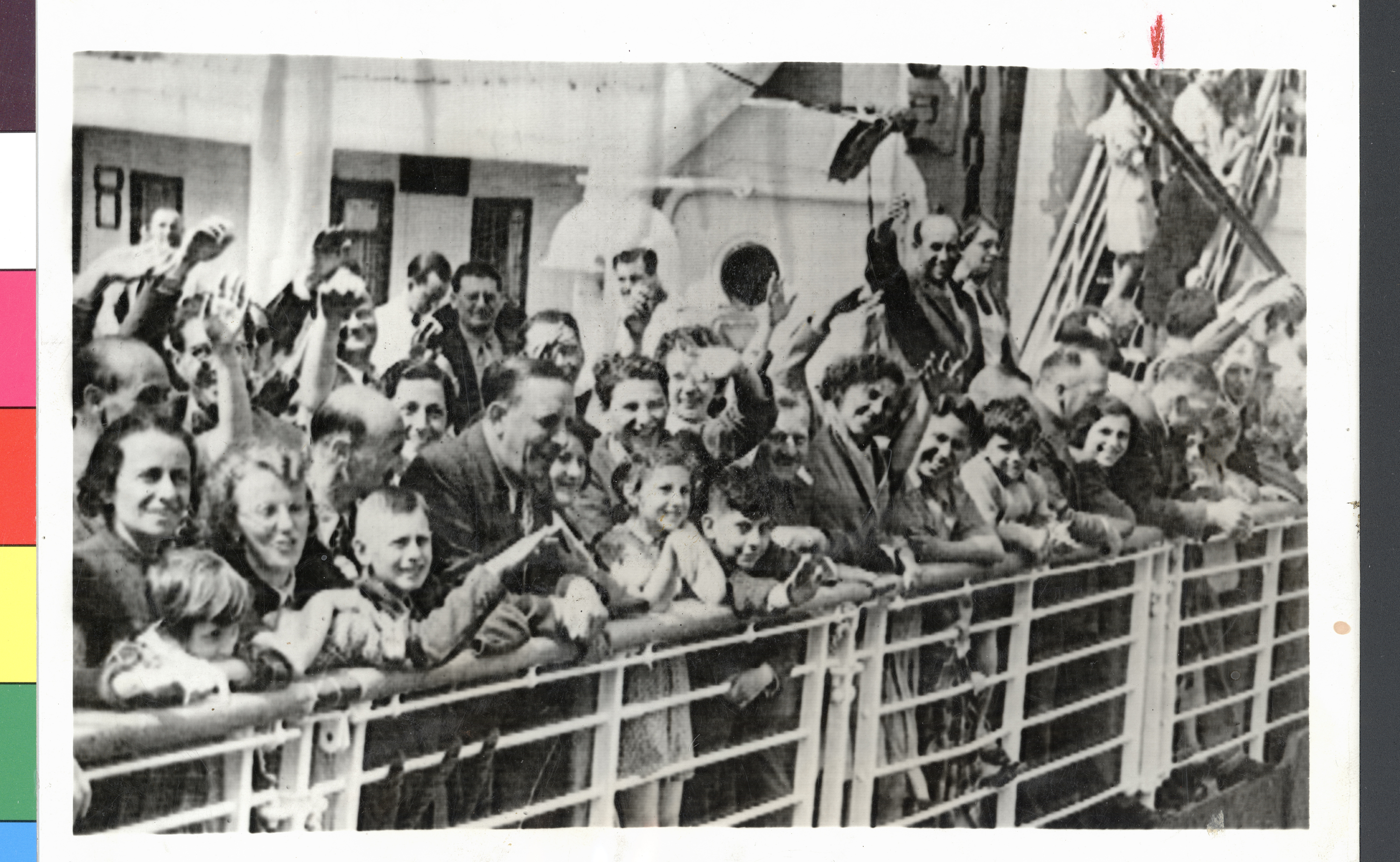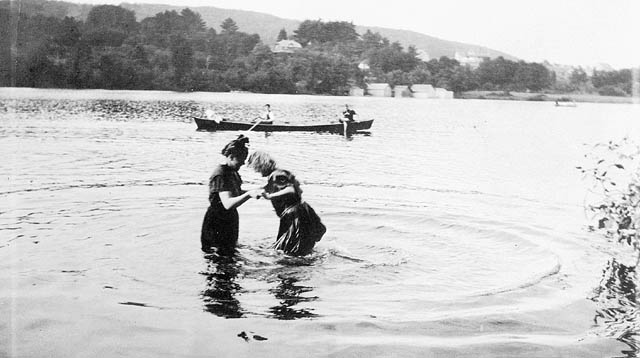Article
Igor Gouzenko
Igor Sergeievitch Gouzenko, Soviet intelligence officer, author (born 26 January 1919 in Rogachev, Russia; died 25 June 1982 in Mississauga, ON). Igor Gouzenko was a Soviet cipher clerk stationed at the Soviet Union’s Ottawa embassy during the Second World War. Just weeks after the end of the war, Gouzenko defected to the Canadian government with proof that his country had been spying on its wartime allies: Canada, Britain and the United States. This prompted what is known as the Gouzenko Affair. Gouzenko sought asylum for himself and his family in Canada. His defection caused a potentially dangerous international crisis. Many historians consider it the beginning of the Cold War.







.jpg)




